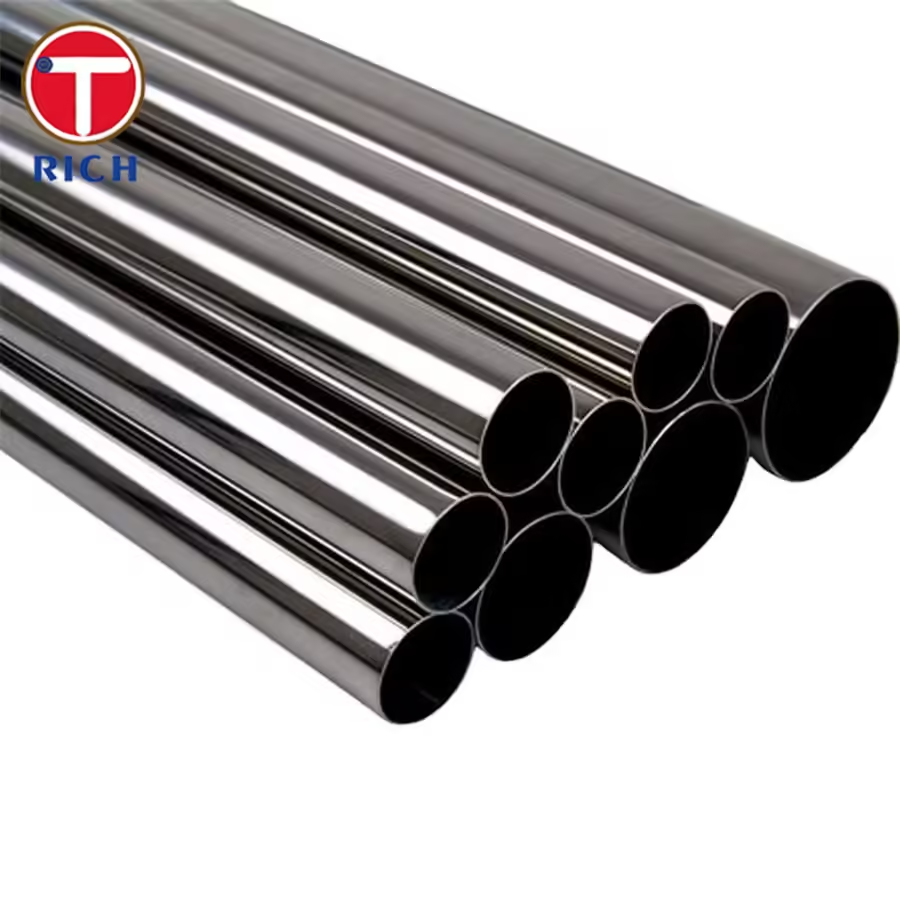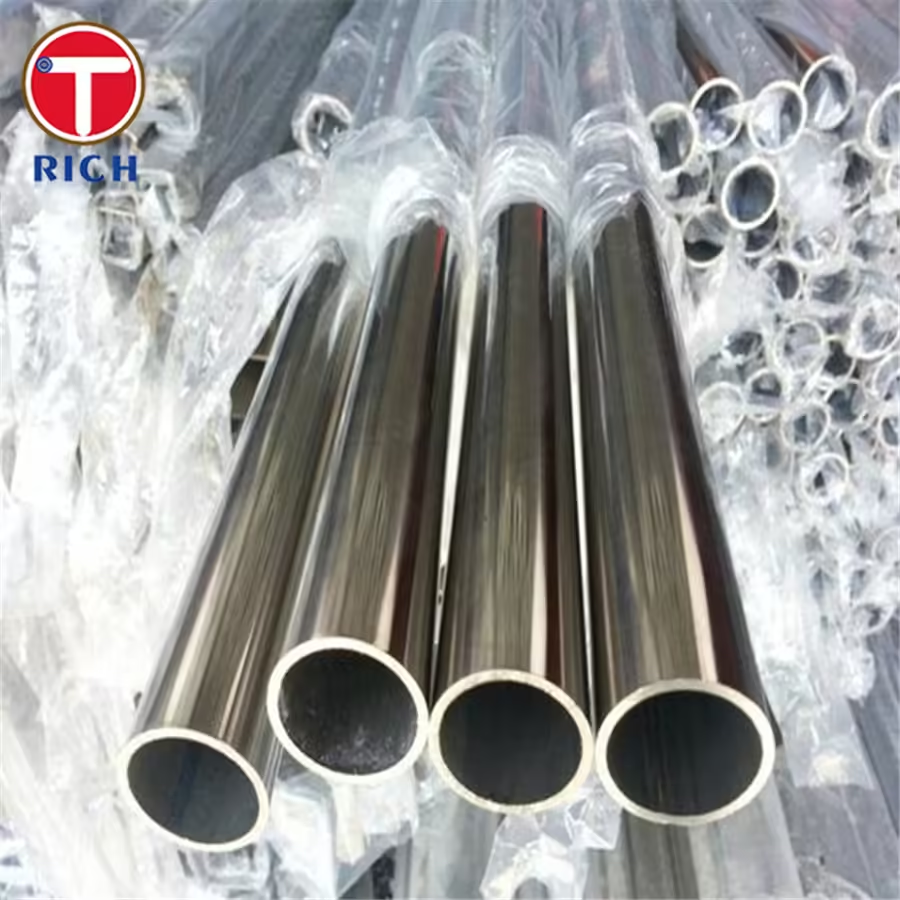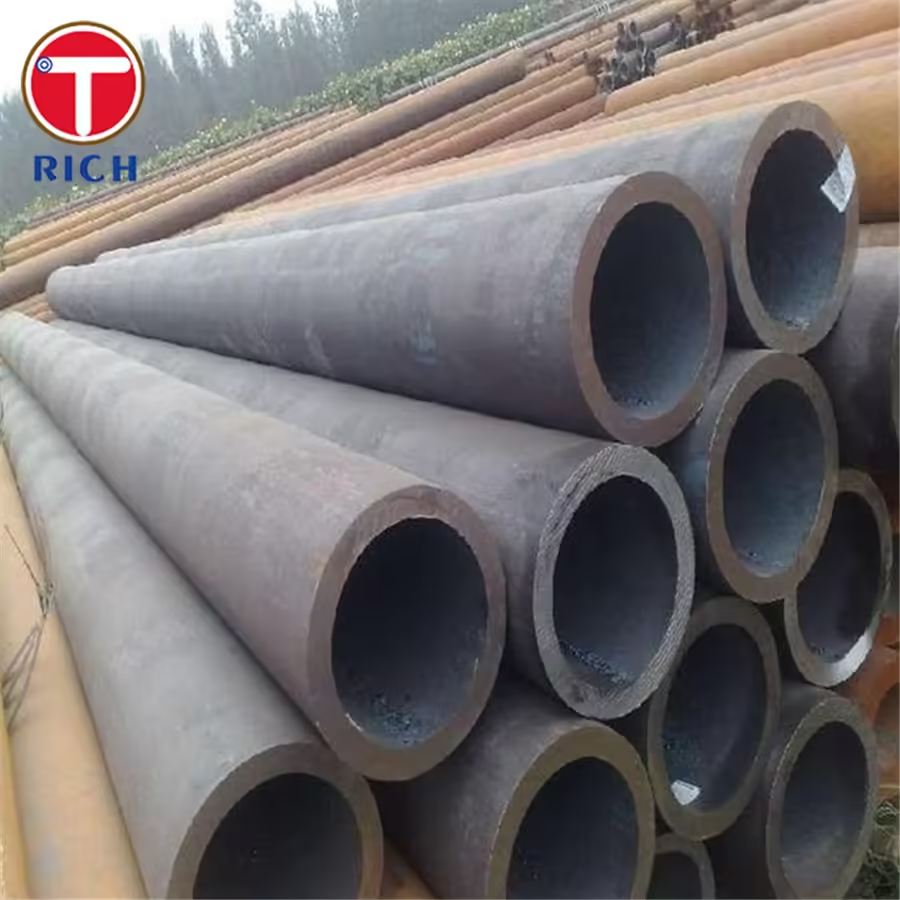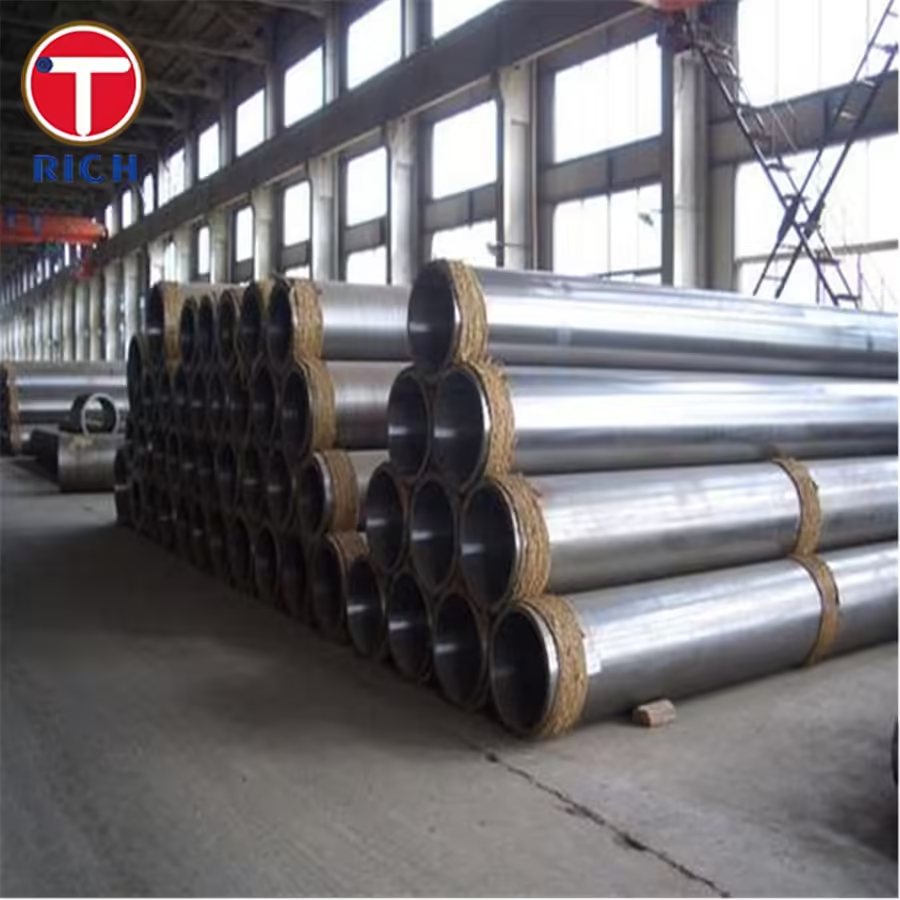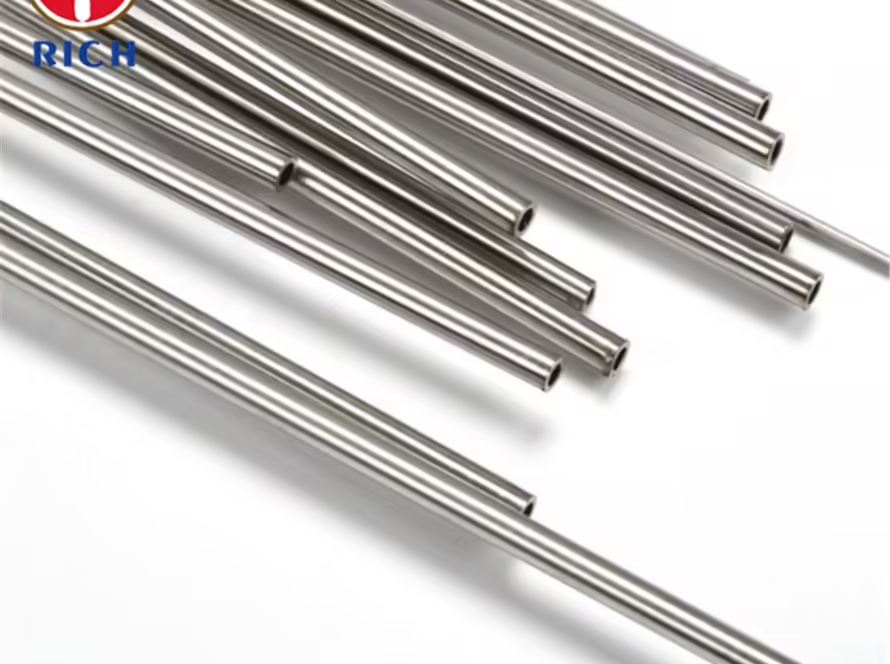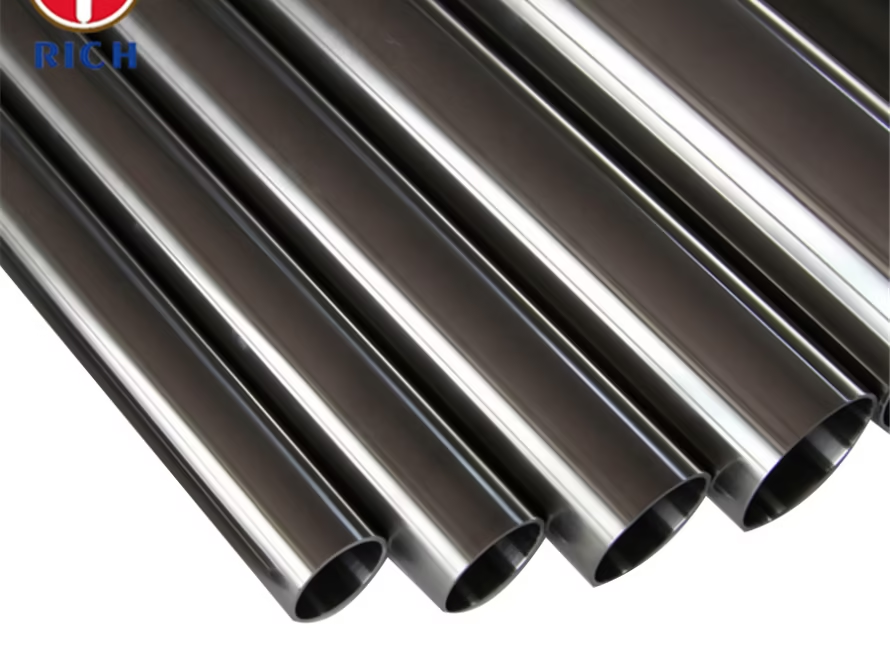Description
EN 10216-5 X2CrNi18-9 X2CrNi19-11 X2CrNiMo17-12-2 X5CrNi18-10 X6CrNiTi18-10 High Pressure Stainless Steel Pipe
Introduction
EN 10216-5 is a European standard that specifies the technical delivery conditions for seamless stainless steel tubes for pressure purposes. This article focuses on several grades of stainless steel pipes covered by this standard, including X2CrNi18-9, X2CrNi19-11, X2CrNiMo17-12-2, X5CrNi18-10, and X6CrNiTi18-10. We will explore the material, specification, key features, chemical composition, mechanical properties, steel grade, application, and possible alternative grades for these high-pressure stainless steel pipes.
Material and Specification
EN 10216-5 X2CrNi18-9, X2CrNi19-11, X2CrNiMo17-12-2, X5CrNi18-10, and X6CrNiTi18-10 are all austenitic stainless steel grades commonly used in high-pressure applications. These pipes are seamless and manufactured according to the EN 10216-5 standard, ensuring their suitability for various pressure purposes.
Key Features
The key features of these stainless steel pipes include:
- Corrosion Resistance: These grades exhibit excellent resistance to corrosion, making them suitable for applications in aggressive environments.
- High Strength: The stainless steel pipes possess high strength, allowing them to withstand high-pressure conditions.
- Heat Resistance: These grades offer good heat resistance, making them suitable for applications involving elevated temperatures.
- Formability: The stainless steel pipes are easily formable, allowing for various fabrication processes.
- Weldability: These grades exhibit good weldability, enabling easy joining and fabrication.
Chemical Composition
| Grade | C (%) | Si (%) | Mn (%) | P (%) | S (%) | Cr (%) | Ni (%) | Mo (%) | Ti (%) |
|---|---|---|---|---|---|---|---|---|---|
| X2CrNi18-9 | 0.03 | 1.00 | 2.00 | 0.045 | 0.015 | 17.0-19.0 | 8.0-10.5 | – | – |
| X2CrNi19-11 | 0.03 | 1.00 | 2.00 | 0.045 | 0.015 | 18.0-20.0 | 10.0-12.0 | – | – |
| X2CrNiMo17-12-2 | 0.03 | 1.00 | 2.00 | 0.045 | 0.015 | 16.5-18.5 | 10.5-13.5 | 2.0-2.5 | – |
| X5CrNi18-10 | 0.03 | 1.00 | 2.00 | 0.045 | 0.015 | 17.0-19.0 | 8.0-10.5 | – | – |
| X6CrNiTi18-10 | 0.08 | 1.00 | 2.00 | 0.045 | 0.015 | 17.0-19.0 | 9.0-12.0 | – | 5*C+N |
Mechanical Properties
| Grade | Tensile Strength (MPa) | Yield Strength (MPa) | Elongation (%) | Hardness (HB) |
|---|---|---|---|---|
| X2CrNi18-9 | 500-700 | ≥ 195 | ≥ 40 | ≤ 215 |
| X2CrNi19-11 | 500-700 | ≥ 195 | ≥ 40 | ≤ 215 |
| X2CrNiMo17-12-2 | 450-650 | ≥ 195 | ≥ 40 | ≤ 215 |
| X5CrNi18-10 | 500-700 | ≥ 195 | ≥ 40 | ≤ 215 |
| X6CrNiTi18-10 | 500-700 | ≥ 195 | ≥ 40 | ≤ 215 |
Steel Grade and Application
These stainless steel pipes are assigned different steel grades based on their chemical composition and mechanical properties. The applications for these grades include:
- X2CrNi18-9 and X2CrNi19-11: These grades are commonly used in the food and beverage industry, chemical processing, and architectural applications.
- X2CrNiMo17-12-2: This grade is suitable for applications involving chloride-containing environments, such as marine and coastal installations.
- X5CrNi18-10: This grade finds applications in the oil and gas industry, chemical plants, and power generation.
- X6CrNiTi18-10: This grade is widely used in heat exchangers, condensers, and other applications requiring resistance to intergranular corrosion.
Possible Alternative Grades
While the mentioned grades are widely used, there are alternative stainless steel grades available for specific applications. Some possible alternative grades include:
- X2CrNiMo17-12-2 (1.4404): This is an alternative grade to X2CrNiMo17-12-2 (1.4401) with improved corrosion resistance.
- X5CrNi18-10 (1.4301): This is an alternative grade to X5CrNi18-10 with similar properties and widespread availability.
- X6CrNiTi18-10 (1.4541): This is an alternative grade to X6CrNiTi18-10 with better high-temperature strength.


